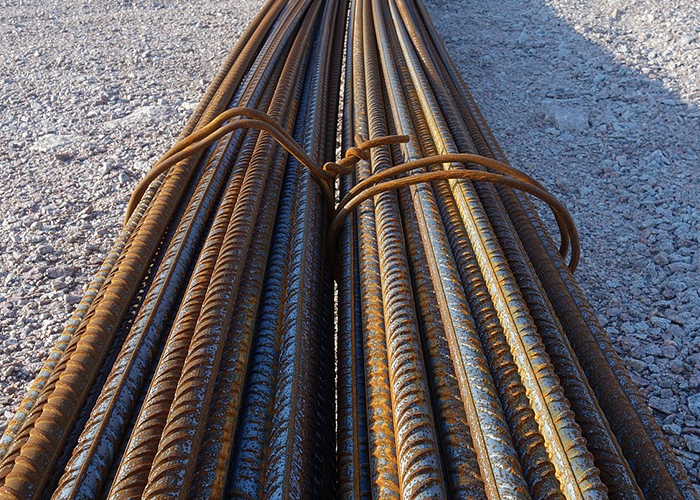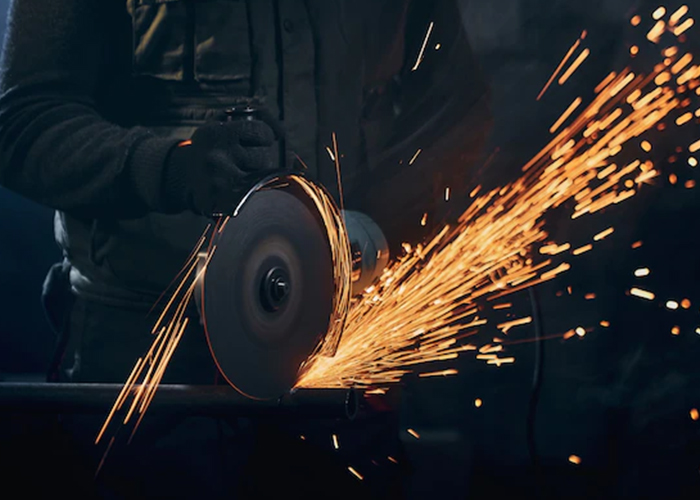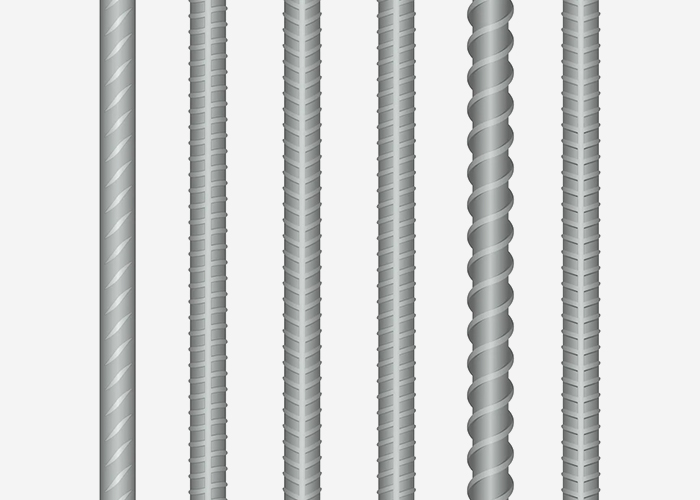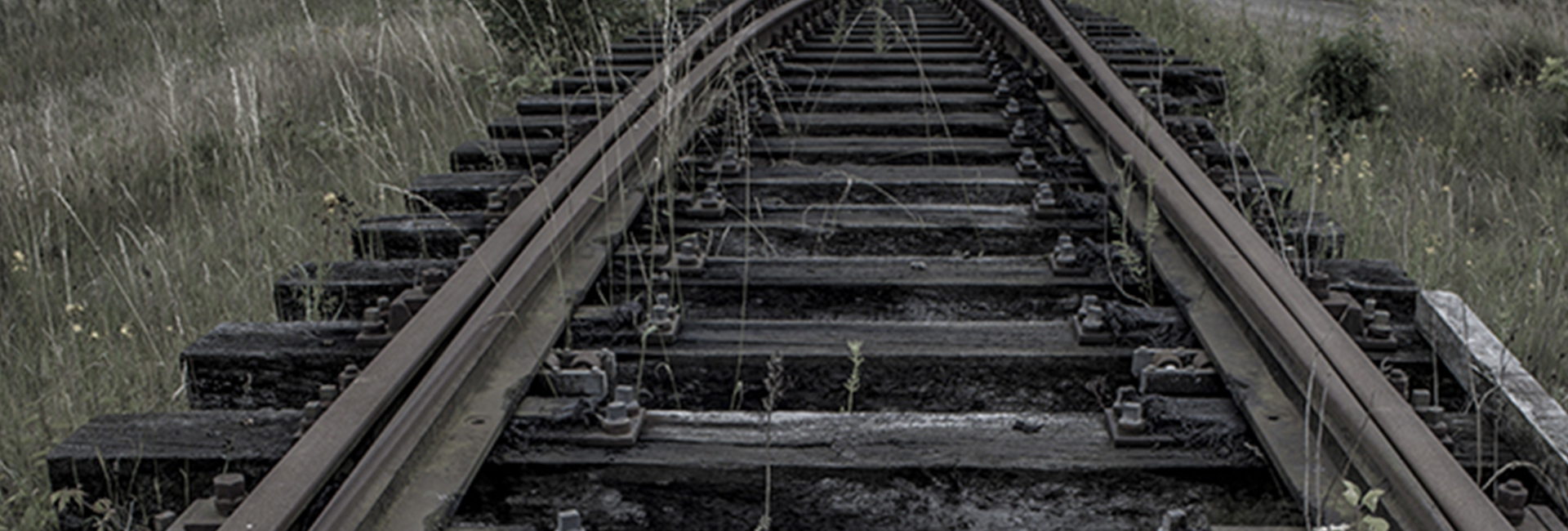It is really easy to state that the history of TMT bars is the ultimate story of development. Right from the first-time steel was invented in the 13thcentury BC to the high-tech applications in modern times, steel is known to have powered various major economic, social, and cultural changes. It formed the backbone of the economy of the present world.
Table of Content |
Steel is the perfect match for Reinforced Cement Concrete or RCC, which was later invented in 1867. None of the other materials have such flexibility, reliability, and strength as RCC, which is the most commonly used construction material over here.
Concrete is likely to be very strong when compared to RCC, but also rather weak when it comes to tension. Steel, on the other hand, is very strong in tension and presents tensile strength to concrete.
The thermal expansion of both concrete and steel will be nearly the same. Steel bonds well with concrete and is known for its extreme bend-ability. So, that makes it the perfect material for reinforcing concrete structures.
Get along with the evolution of TMT bars:

During the initial steel manufacturing days, mild steel or MS bars were mostly used for reinforcing concrete. When the time came for World War II to end, deformed higher strength Rebars started gaining quite some popularity among the masses.
- Hot rolled and cold twisted deformed rebars were the ones, which used to gain high-end popularity during that time.
- The yield stress of the cold twisted deformed or the CTD bars was around 415 MPa against the 250 MPa of the MS rebars.
- Even though the chemical compositions of CTD and MS bars were more or less the same, the physical strength of the CTD bars was around 60% higher than the MS steel bars.
- With the current advancement of the construction technologies and methods out there, there rose the demand for stronger reinforcements, which came with higher yield strength.
- The Thermo-mechanical treatment or the TMT of the reinforced steel was the result of all the innovations made during that time, for around 2 decades straight!
- The manufacturing process of the TMT bars consists of heating the rebars to around 900 degrees C and then starting to quench them to around 450 degrees C within a few seconds.
- That resulted in a softer ferrite-pearlite core and also a harder martensite periphery.
- The TMT bars were first introduced in the year 1979 and used to be available in grades Fe 415 and Fe 500.
- From that time onwards, the demand for these TMT bars rose on a global platform, because of their perfect combination of ductility, higher strength, and bending ability along with all the other possible desirable characteristics.
- In case any construction work needs around 1000 tons of reinforcement with the MS bars, with the TMT alternatives, the consumption will just be around 400 tons!
Getting on with the Indian standards out there:

In most parts of India, the classic and plain mild steel rods and bars were highly used till the middle of the 1960s when CTD bars were finally introduced. Because of the simple production procedure along with some savings in the rebar consumption during their making, the CTD bars took no time in replacing the MS bars in 1975.
Later, TMT bars were introduced in India from around 1980 to 1985. Most of the steel companies in this country used to manufacture Fe 500 or Fe 550 TMT bars.
The history behind TMT bar grades:

As has been mentioned already, the TMT bar was first introduced in 1979 and the grade used during that time was known as Fe 415. This was a widely used part of the construction work.
- Fe 415 was noted to be highly flexible and can be easily bent to any shape without the need for any specialized tool.
- Then you had some subtypes under Fe 415S and Fe 415D. You get to choose anyone you like, depending on your current requirements over here.
- After that, Fe 500D came into the market right away, and was and even to this date is present in the market.
- This model was known for its strength when compared to the Fe 415.
- Under the Fe 500 version, you can easily opt for the Fe 500D or the Fe 500S for that extra ductility or stability. These models were widely seen used for manufacturing multi-story buildings.
- Among all the grades that you get to see around here, the Fe 550 grade was considered to be one of the best under the TMT bar section. Even to this date, it is considered to be the most common steel bar for all kinds of works.
- The Fe 550 grades were known for their higher tensile strength when compared to some of the other TMT bars you will come up with.
- These bars were widely used for covering some of the larger industrial constructions, as these sections needed a great amount of strength.
- Another one example while looking for a well-known and strongest TMT bar will be the Fe 600 grade. These bars are highly recommended by every construction worker these days.
- It is a superior version of the TMT bar when compared with the other models. The Fe 600 grade TMT bars are used for manufacturing Tunnels, Bridges, Towers, and more.
The final conclusive point:
The history related to TMT bars was always pretty inspiring and helped companies like us at SREE METALIKS to manufacture some of the premium quality options for construction workers. Whether you are planning to build a residential unit or a bigger industrial sector, our TMT bars are available in multiple grades to help make the right choice around here.
We have segmented the price points under different categories. It starts from 357 rupees and can hike as high as 5513 for the 32mm TMT bar. Depending on the sizes, the ranges are subject to differ. For some more details, feel free to visit https://sreemetaliks.com/ now!

